It’s that time of the year again. The month of October is upon us. So to celebrate, we at Full Circle Cinema put together another curated, month-long series with Screen Screams. This year, we will be checking our clocks as we wait in anticipation for the forbidden delight we call “the midnight movie”. And with midnight movies comes a variety of projects that are perhaps too niche for the masses. This review will cover the highly successful midnight classic: David Lynch’s Eraserhead.
Rarely does a piece of work come around that shatters your sense of self. Once the credits roll for David Lynch’s Eraserhead you are no longer existing as someone you once considered yourself. You are reborn. Although your initial viewing may not seem as grandeur (in fact it’s quite repugnant), the layers to this movie are unparalleled.
Released in 1977, Lynch’s debut film didn’t quite reach the reverence and sublime heights it has now. With little to no fanfare at initial screenings, Eraserhead would eventually find its footing through the midnight movie circuit. Eraserhead screened with Suzan Pitt’s animated short, Asparagus, for two years. Eventually, it would screen at the BFI London Film Festival and Telluride Film Festival. Through its time on the midnight movie circuit, Eraserhead would garner cult status and inspire films to follow (most notably, Stanley Kubrick’s The Shining).
READ: 10 Essential Films from the Criterion Collection
The great irony in Eraserhead‘s success is its troubled production. Pre-production for Eraserhead started in 1971 and principal photography would be plagued with financial troubles prolonging production. Lynch’s production crew, composed of cohorts from Lynch’s time at the American Film Institute, made Eraserhead was a relatively compact production with limited tools at their disposal.
The end product we have today is one of the most imaginative and deeply disturbing films created. Being solely in black and white, Lynch played with the visual limitations to his advantage. Creating monstrosities such as “the Man in the Planet”, “the Lady in the Radiator”, and the baby with visual deformities that were designed in a way that comes off as otherworldly. Additionally, Lynch created scenes that were spacelike, and full of creative lighting choices as if to intentionally draw your attention. Lynch, an amateur at the time, expertly crafted a visual wonderland of horror and drowned out anguish.
Given the tight budget, Lynch and composer Peter Ivers created the soundtrack from scratch. The song Eraserhead is best known for, “In Heaven”, was an original piece and the legacy of said song is haunting yet beautiful at the same time. Best described as dark ambient music, the score for this movie is a literal sound track. Ivers created a minimalistic score that somehow married perfectly with Lynch’s drowned maximalism. In turn creating an added layer of anxiety and dread that envelops the viewer.
Many still debate about their interpretation of Eraserhead to this day. Is it an examination of the Ten Commandments? Could it be about the anxieties of fatherhood? Is it about what we can expect once we eventually face death? Lynch is notoriously tight-lipped on the meaning of Eraserhead and seeks the viewer to find their own meaning. Interpretation is the only power we have in this movie. Lynch, on the other hand, maintains dominance on the mutually pooled despair shared amongst all viewers of this film. Nothing can prepare you for your first viewing of this beautiful nightmare.
The beauty of movies that is unattainable by music and visual art is their blend of sound, acting, and scenery. Lynch realized that and struck the hammer in such a way that blended these aspects together harmoniously. Lynch knew he wanted to fray the inhibitions of his viewers and used the tools at his disposal to do just that. Once the credits roll we are now a new person, a person post-Eraserhead.
READ: Sundance 2021: ‘The Blazing World’ Review
Although no one could predict its legacy at the time, Eraserhead stands the test of time as a uniquely disturbing yet beautiful cinematic experience. The success of which wouldn’t have grown to fruition if not for the midnight movie circuit. An Earth-shattering cinematic experience is few and far in between these days, but even at 44 years old Eraserhead still mortifies viewers to this day. All of cinema is better because of Eraserhead and the indelible mark it left on us, the viewers. – Jacob Mauceri
Rating: 10/10
Eraserhead is available on Blu-ray and Digital HD.

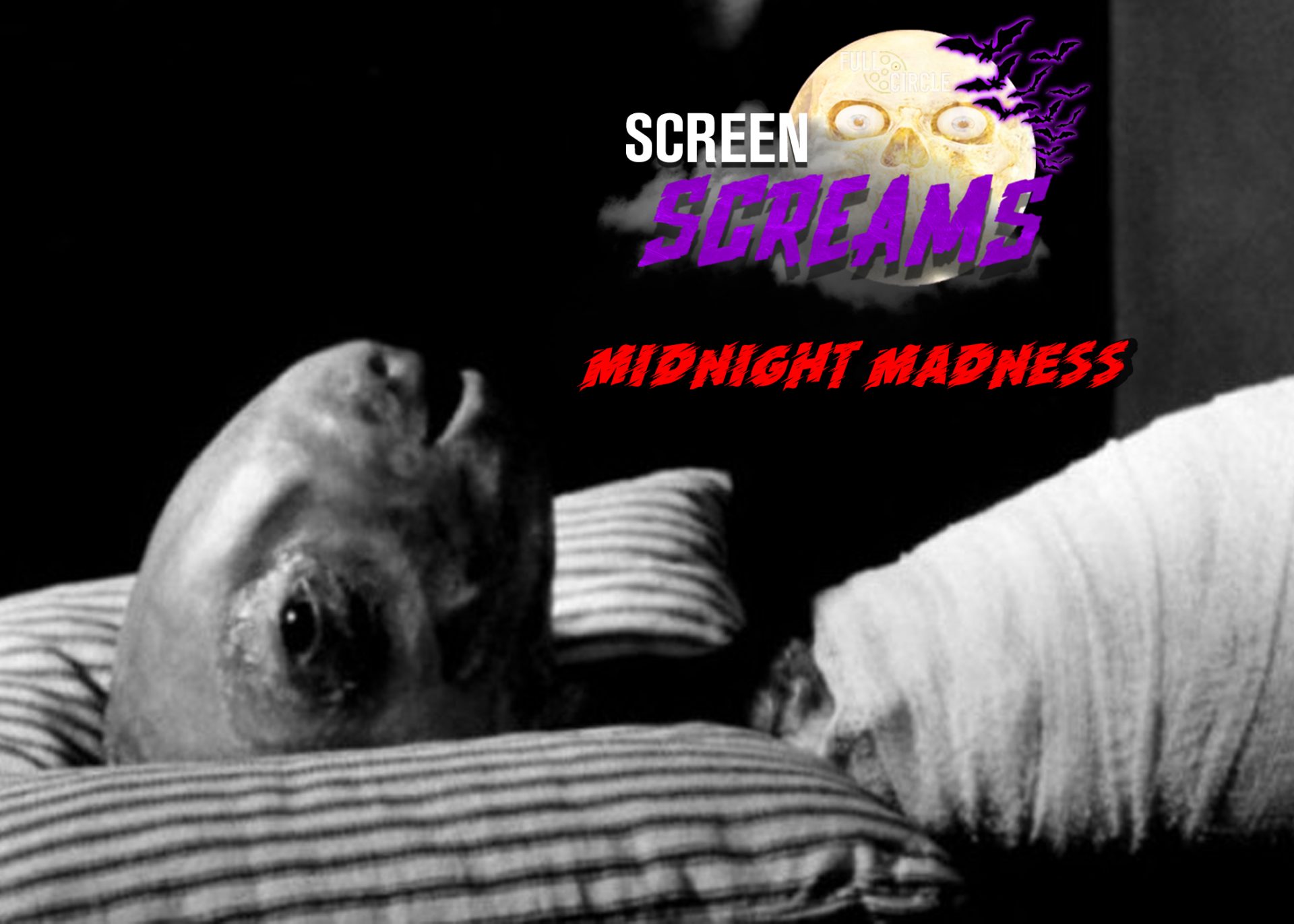
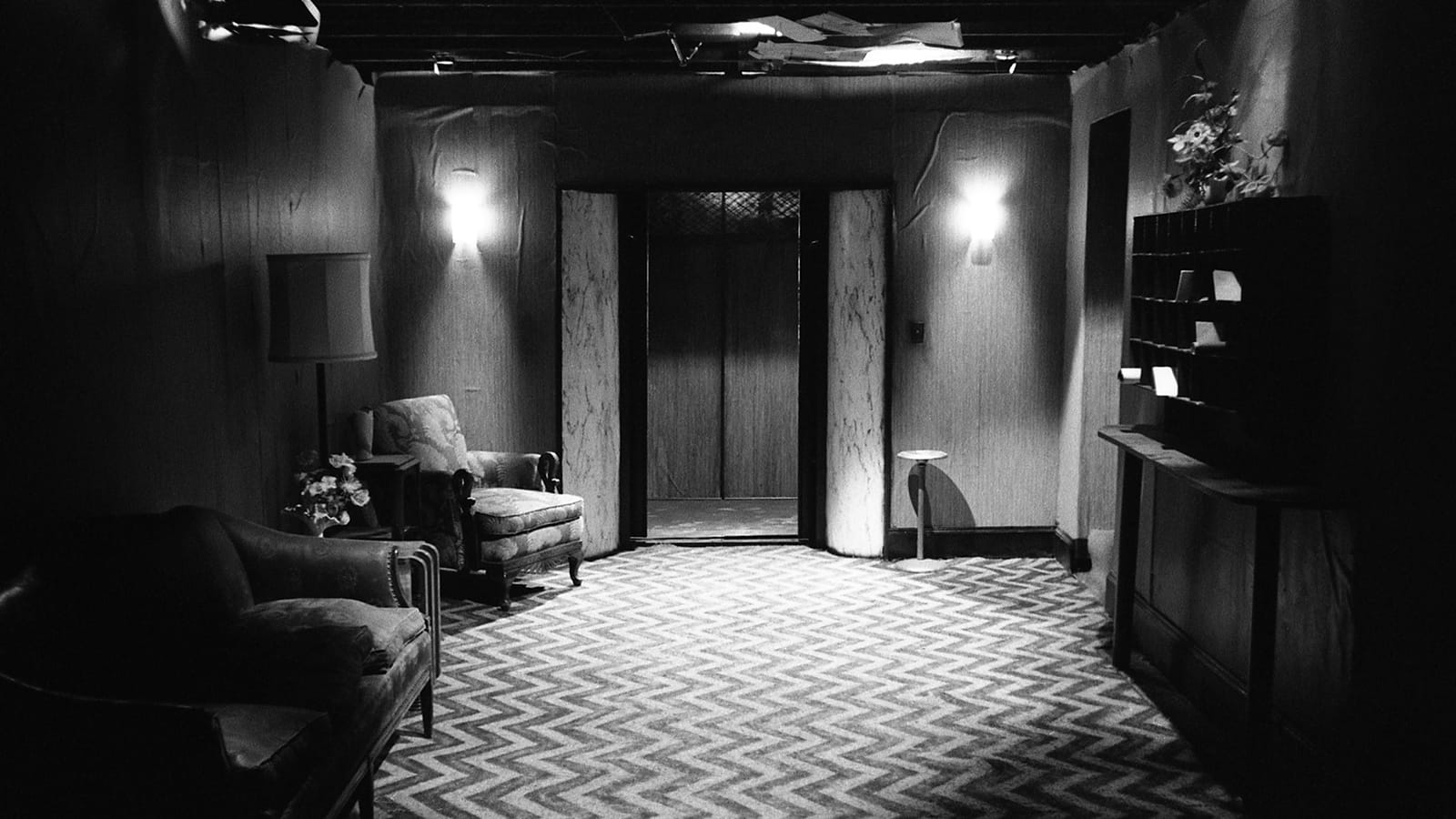
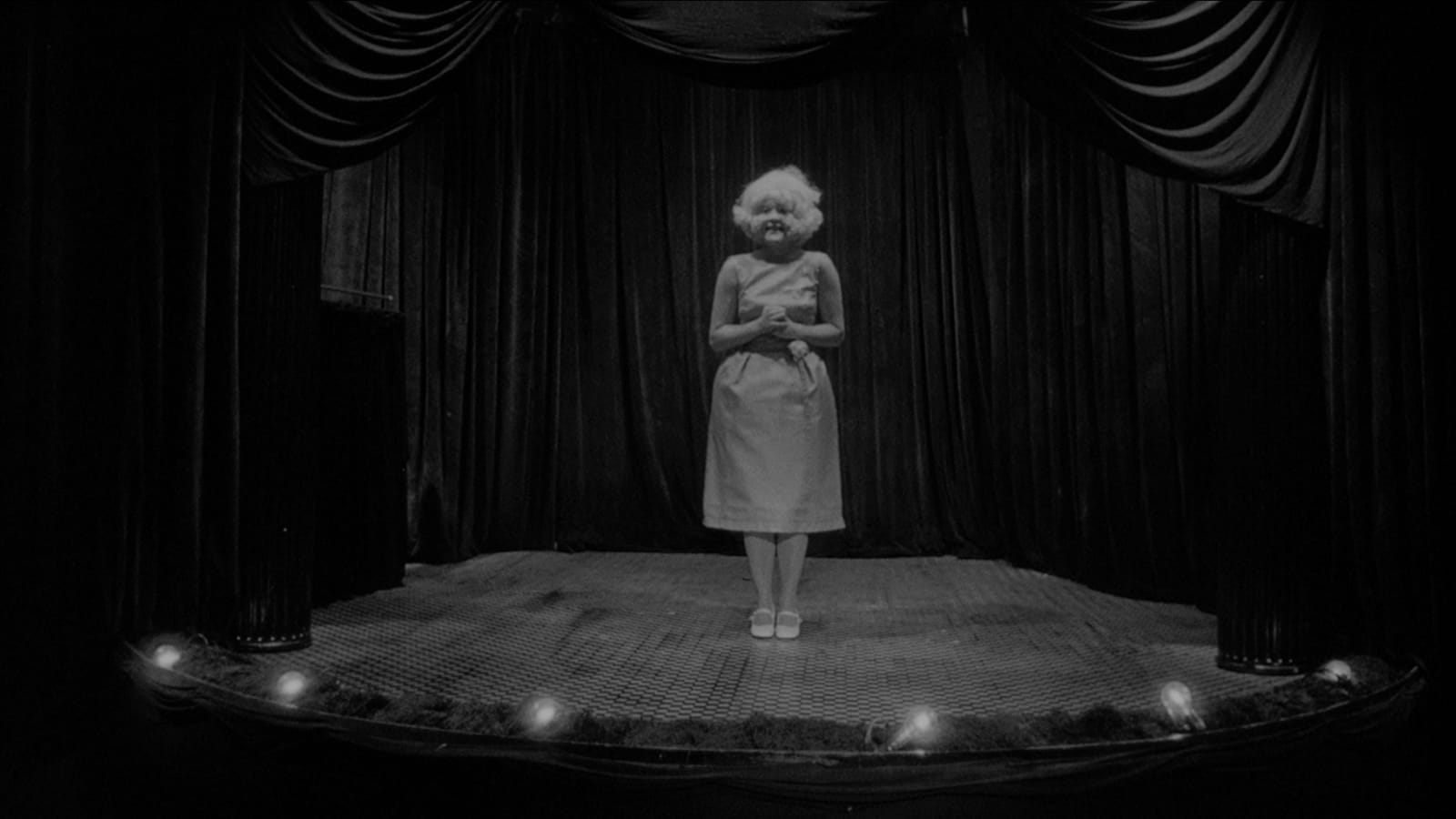
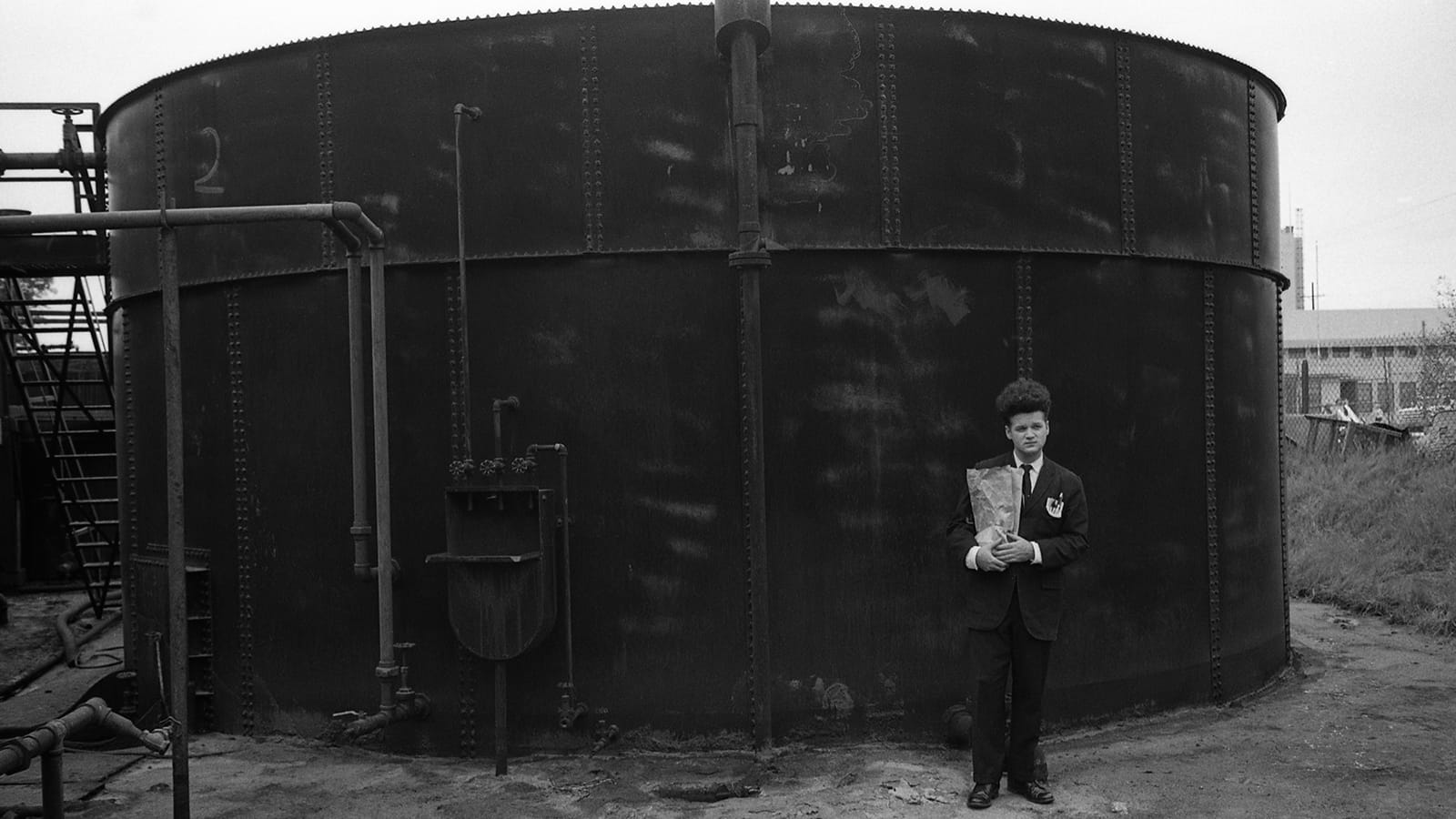

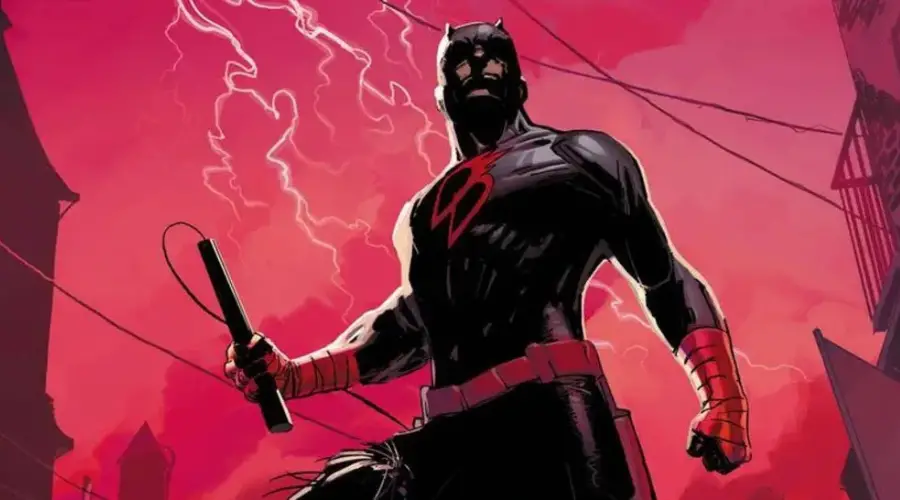


Leave a Comment